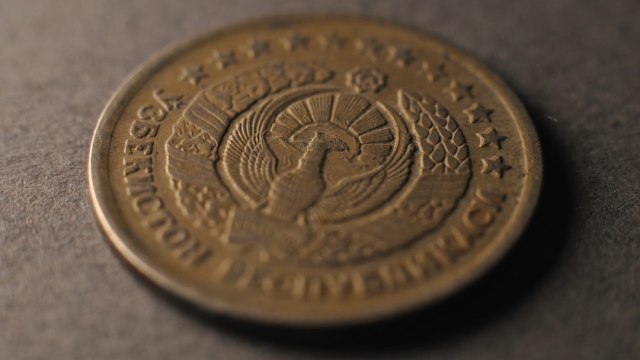Coins are not merely currency; they are historical artifacts that provide a window into the cultures, economies, and innovations of past civilizations. understanding historical coins allows us to appreciate the development of trade, the evolution of economies, and the stories that shaped human history. This article delves into the evolution of coins, their significance in trade and economy, and highlights some of the most famous historical coins and their intriguing tales.
The Evolution of Coins Through Different Civilizations
The concept of coins emerged as a practical solution to the limitations of barter systems. The earliest coins were created in the ancient kingdom of Lydia, where electrum, a natural alloy of gold and silver, was fashioned into standardized units. This innovation provided a reliable medium for exchange, paving the way for future civilizations to adopt similar practices.
As we explore various cultures, we find that the ancient Greeks contributed significantly to the evolution of coins. They introduced intricate designs featuring deities and symbols representative of city-states, enhancing the coins’ aesthetic appeal and cultural significance. The Romans further advanced coinage by establishing a state-controlled minting process, which allowed them to standardize their currency across the vast empire. Coins from this era often depicted emperors, commemorative events, and other important figures, serving as a means of propaganda as well.
In Asia, the Chinese were pioneers in the use of minted coins, transitioning from cowrie shells to metal coins, often circular with a square hole in the middle. This design facilitated the use of strings for easy transportation. Throughout history, different civilizations adapted coinage to reflect their unique values and beliefs, showcasing the rich tapestry of human creativity and economic strategy.
The Role of Coins in Trade and Economy
Coins have played a crucial role in trade and economic development throughout history. The standardization of currency allowed for the simplification of transactions, fostering trade between distant regions. As merchants traveled along trade routes, coins became a universal means of exchange, enabling the flow of goods and services across vast distances.
The introduction of coins also marked a shift in economic practices. With a reliable medium of exchange, societies began to recognize the importance of saving and investment. Coins facilitated the rise of banking systems, where individuals could deposit their wealth and engage in lending. This transformation laid the groundwork for modern economic systems, highlighting the significance of historical coin knowledge in understanding contemporary financial practices.
Moreover, coins have often served as indicators of economic health. The materials used, the amount minted, and the designs reflect the political and social conditions of the time. For instance, during periods of economic prosperity, coins might be crafted from precious metals, while times of strife could lead to debasement, where the metal content is reduced to increase production and circulation.
Famous Historical Coins and Their Stories
Throughout history, certain coins have gained notoriety due to their unique backgrounds and the stories they tell. One such coin is the Athenian tetradrachm, which became a benchmark for trade in the Mediterranean. Its iconic depiction of the goddess Athena and the owl symbolizes wisdom and protection, becoming synonymous with Athenian power.
Another notable coin is the Roman denarius, which was widely used throughout the Roman Empire. Each denarius had a story to tell, often featuring imagery that celebrated military victories or political achievements. The denarius not only facilitated trade but also served as a tool for the emperors to communicate their authority and influence.
Additionally, the biblical coins, such as the shekel of Tyre, hold immense historical significance. These coins were used in ancient Judea and are often associated with various biblical events, making them a focal point for collectors and historians alike. They provide tangible connections to important narratives and offer insights into the socio-political climate of the time.
Understanding these famous coins and their stories contributes to a broader knowledge about historical coins, enriching our appreciation for the past. Such historical coin knowledge is invaluable for collectors, historians, and anyone interested in the narratives that coins encapsulate.
In conclusion, coins are far more than mere currency; they are historical treasures that encapsulate human achievement, economic evolution, and cultural identity. By exploring the evolution of coins, their role in trade and economy, and the stories behind famous coins, we gain a deeper understanding of our history and its ongoing influence on contemporary society.

